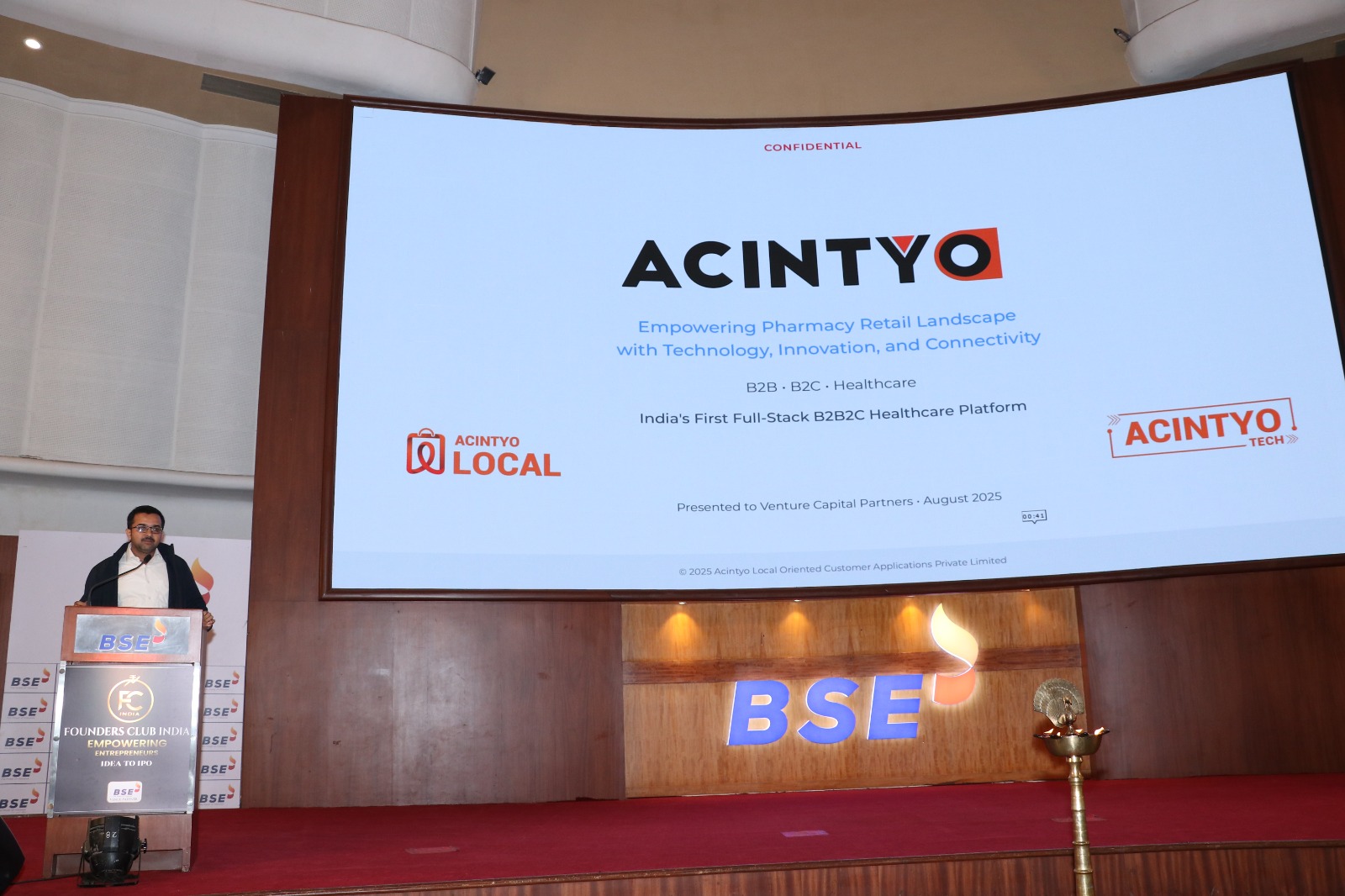Social Welfare in the Digital Age: Leveraging Technology for Better Outcomes
The digital age offers unprecedented opportunities to enhance social welfare through technology. This blog explores how digital tools improve service delivery, increase accessibility, support data-driven decision-making, and address challenges. By leveraging technology, social welfare programs can achieve better outcomes for communities.

Improving Service Delivery with Technology - Digital tools have revolutionized how social welfare services are delivered. Online platforms and mobile applications enable efficient communication between service providers and beneficiaries. Automation streamlines administrative tasks, reducing wait times and ensuring timely assistance. Virtual consultations and telehealth services have also made it easier for individuals to access support, regardless of their location.
Increasing Accessibility and Inclusivity - Technology has the potential to bridge gaps in accessibility and inclusivity in social welfare programs. Digital platforms can reach underserved populations, providing information and resources in multiple languages and formats. Assistive technologies help individuals with disabilities navigate services more easily. By ensuring that digital solutions are user-friendly and widely available, social welfare programs can better serve diverse communities.
Data-Driven Decision Making - The use of data analytics in social welfare programs enables more informed decision-making. By analyzing data from various sources, policymakers can identify trends, assess program effectiveness, and allocate resources more efficiently. Predictive analytics can anticipate future needs and challenges, allowing for proactive interventions. This data-driven approach ensures that social welfare initiatives are responsive and adaptive to changing circumstances.
Addressing Challenges and Ensuring Privacy - While technology offers many benefits, it also presents challenges that need to be addressed. Ensuring data privacy and security is paramount, as sensitive information is often collected and stored digitally. Policymakers must implement robust cybersecurity measures and comply with regulations to protect beneficiaries. Additionally, addressing the digital divide is crucial to ensure that all individuals have equal access to technological resources.
Conclusion: - Leveraging technology in social welfare programs has the potential to transform service delivery, enhance accessibility, and improve outcomes. By embracing digital tools and data-driven approaches, social welfare initiatives can become more efficient, inclusive, and responsive. However, it is essential to address challenges related to privacy and the digital divide to ensure equitable access and protection for all beneficiaries. As we move forward, the thoughtful integration of technology will be key to achieving better outcomes in social welfare.






































Comments (0)